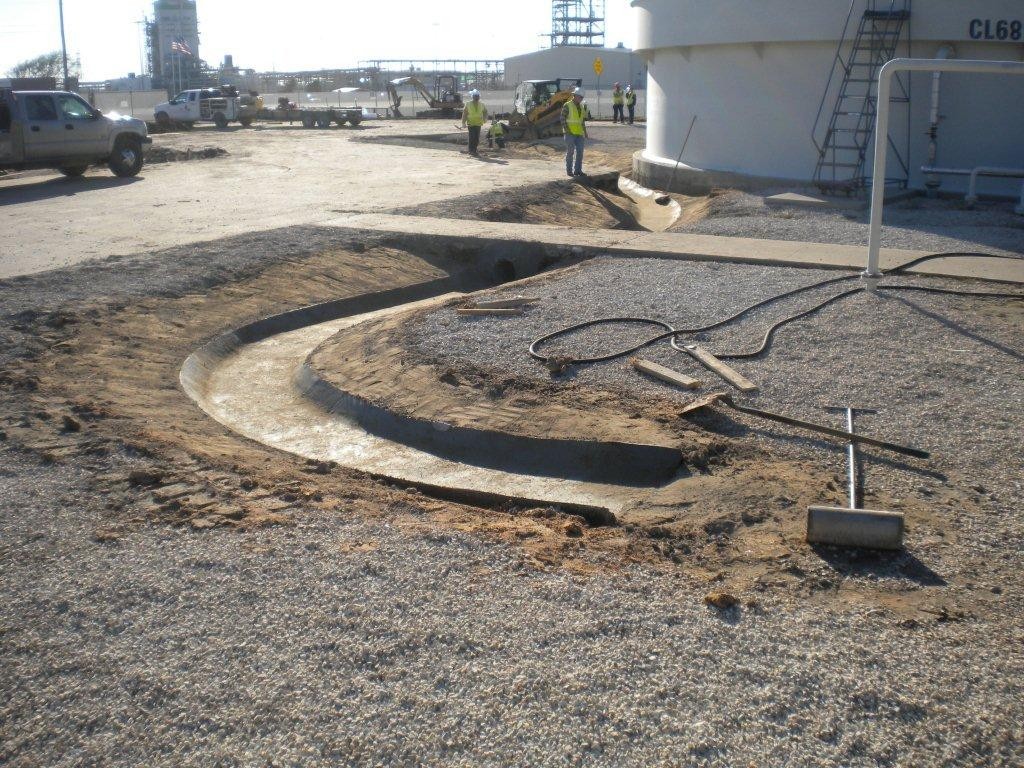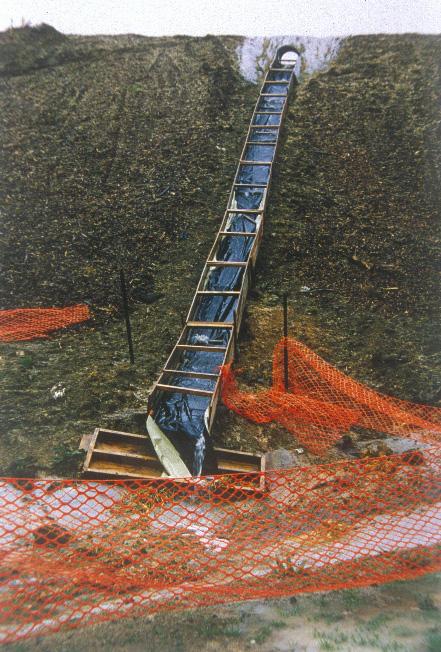

per hour, and speed of travel 2½ miles per hour, the cost of hauling proper is ½ ct. The cost of hauling will include the cost of lost team time and dumping, which will average about 5 cts. With wages at $1.50 per day this will make the cost of loading 10 cts. of sand into wagons per 10-hour day with a poor foreman or when laborers are scarce, it is not safe to count on more than 15 cu. Where the contractor gets his sand from the pit its cost will be the cost of excavating and loading at the pit, the cost of hauling in wagons, the cost of freight and rehandling it if necessary, and the cost of washing, added together.Īn energetic man working under a good foreman will load 20 cu. It may be noted here that as sand is often sold by the load instead of the cubic yard, it is wise to have a written agreement defining the size of a load. Falk.ĬOST OF very common price for sand in cities is $1 per cu. Further data on the effect of size of grains on the utility of sand for concrete are given in Chapter II, in the section on Voids in Sand, and for those who wish to study in detail, the test data on this and the other matters referred to here, the authors recommend "Cements, Mortars and Concretes Their Physical Properties," by Myron S. Sand composed of a mixture of grains ranging from fine to coarse gives uniformly stronger mortars than does sand with grains of nearly one size, and as between a coarse and a fine sand of one size of grains the coarse sand gives the stronger mortar. This is also an important matter in the choice of natural sands.

The principal danger in using stone dust is failure to secure the proper balance of different size grains. This is important commercially, for it precludes the necessity of screening the dust from crushed rock and avoids, at the same time, the cost of procuring a natural sand to take its place." Falk says: "It may be concluded that rock screenings may be substituted for sand, either in mortar or concrete, without any loss of strength resulting. As a conclusion from the records of numerous tests, M. The only substitute for natural sand for concrete, that need be considered practically, is pulverized stone, either the dust and fine screenings produced in crushing rock or an artificial sand made by reducing suitable rocks to powder. "Cements, Mortars and Concretes" By Myron S.


There can be no doubt but that for much concrete work the expense entailed in washing sand is an unnecessary one. result in no material reduction in the strength of mortars made with this sand as compared with mortars made with the same sand after washing. These experiments demonstrate conclusively that loam and clay in sand to the amount of 10 to 15 per cent. Falk a number of elaborate experiments on this point. The admixture with sand of a considerable percentage of loam or clay is also not the unmixed evil it has been supposed to be. Tests show conclusively that sand with rounded grains makes quite as strong a mortar, other things being equal, as does sand with angular grains. Neither sharpness nor excessive cleanliness is worth seeking after if it involves much expense. PROPERTIES OF GOOD commonly specify that sand for concrete shall be clean and sharp, and silicious in character. A long haul over poor roads can easily make the sand cost more than the stone per cubic yard of concrete. Scaling the uphill slope above Flume 30 has been completed.Sand constitutes from ⅓ to ½ of the volume of concrete when a large amount of concrete is to be made a contractor cannot, therefore, afford to guess at his source of sand supply. Concrete has been pouring in stepped forms to bring Flumes 5 and 6 up to the level of Flume 4. Prior to that EID hydro crews rebuilt Flume 4 as a wood flume after hazardous material left by the Caldor Fire was removed and a new bench installed.Ĭontractor Syblon Reid had to plow snow off the access roads. Heavy rain in October caused some problems but the biggest impediment to progress was heavy snowfalls in December. Reconstruction of the three burned flumes has been progressing with favorable weather in January and this month. 14 the board unanimously approved a $1 million design contract to Water Works Engineers to design the Sly Park Intertie improvement project. It is leaking and needs to be entirely replaced. The existing pipe was installed in 1978 following the 1975-77 drought. The Sly Park Intertie connects Reservoir A Water Treatment Plant at the base of Jenkinson Lake and Reservoir 1 Water Treatment Plant in Pollock Pines. That project also received a $10 million grant from the Department of Water Resources. The district already received $750,000 from county sources to design a replacement and pump station for the Sly Park Intertie. Timing of design and construction will be updated in the next capital improvement program in the fall.


 0 kommentar(er)
0 kommentar(er)
